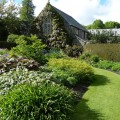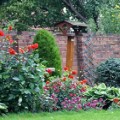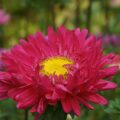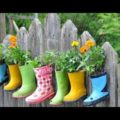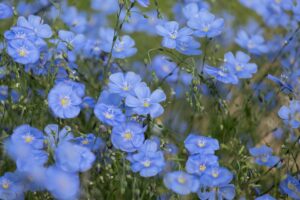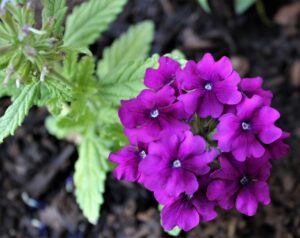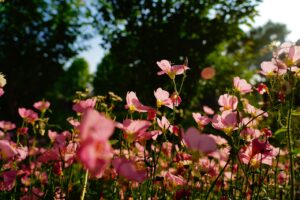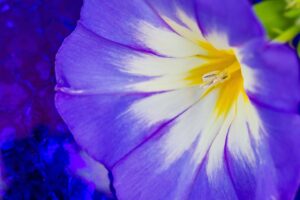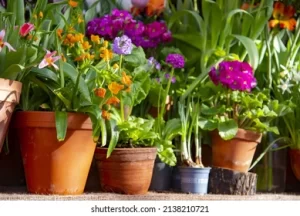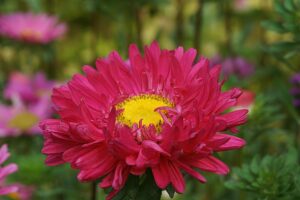
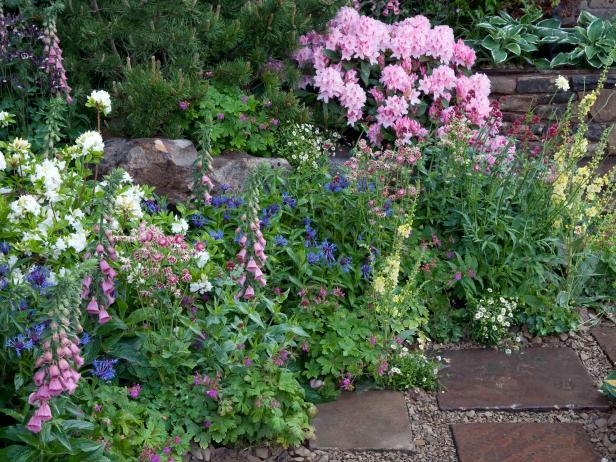 If you’ve been growing a vegetable garden for a while, you might be feeling slightly disgruntled at how plain it is to look at. I too began my gardening career with a vegetable garden, but I decided that it wasn’t quite as pleasing to look at as I would have liked. I heard from a friend that the use of perennial flowers could be a great way to liven up my garden without adding any extra work for me.
If you’ve been growing a vegetable garden for a while, you might be feeling slightly disgruntled at how plain it is to look at. I too began my gardening career with a vegetable garden, but I decided that it wasn’t quite as pleasing to look at as I would have liked. I heard from a friend that the use of perennial flowers could be a great way to liven up my garden without adding any extra work for me.
Perennial flowers are strong, local flowers that come back every year without having to replant or do any extra work. During their off seasons, the flowers and stems die back and you can hardly even tell the plant is there (rather than just dying and looking like hideous brown clumps in your garden). When it’s time to bloom, entirely new flowers shoot up where the old ones were.
Before deciding whether to put in perennials or not, you need to make sure that your soil has proper drainage. If the water stays saturated for long periods of time, you should build a raised bed. To test, dig a hole and fill it with water. Wait a day, and then fill it with water again. All traces of water should be gone within 10 hours. If the hole isn’t completely dry, you will need to build a raised bed.
Picking your perennials can be a complicated process. The goal should be to have them flowering as much as possible during the year, so you should create an outline of the year. Research the different types of flower you want, and create a timeline of flowering. If you plan it right, you can have a different type of flower blooming at any point in the year. Getting just the right mixture of seeds can give your yard a constantly changing array of colors.
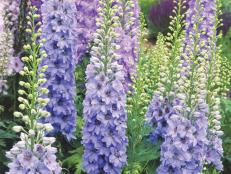
When you go to buy the seeds from your local florist or nursery, you might be able to find a custom seed mixture for your area. This takes the really tough research part out of the job. Usually these blends are optimized for the local climate, and do great jobs of having flowers always grow in your yard. If one of these isn’t available, you can ask the employees what they think would be a good mixture. They should be happy to help you put something together which will be optimal for whatever you desire.
You should definitely use mulch when planting perennials. This will reduce the overall amount of work you have to do, by reducing the amount of weeds and increasing the water retention. Bark or pine needles work great, I have found, and depending on the rest of your yard you might have them on hand at no charge. As for fertilizer, you should use it sparingly once your plants start to come to life.
When you actually go to plant the seeds, you should put them in small, separate clumps according to the directions. This is because they tend to spread out, and if you have too many too close together then they will end up doing nothing but choking each other out. As you plant them, throw in a little bit of extremely weak fertilizer. In no time at all you should start to see flowers blooming up.
| Additional reading: | |
| Title: | HTML: |
